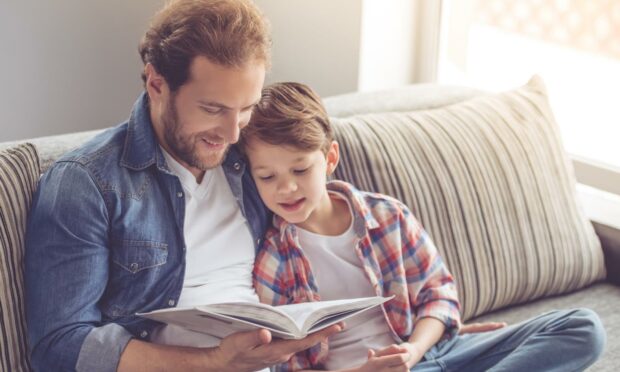Being a parent or carer can be incredibly rewarding but we know it can also be tough, and no parent is going to get it right all the time.
The struggle of balancing various demands with parenthood is real and it isn’t easy, and it often leads to pressures and stress now and then.
That’s why the NSPCC has created a guide with practical advice and tips for positive parenting techniques that work well for children – from babies to teenagers. Below is just some of the advice and techniques that encourage better behaviour and help parents find out what works for them and their child.
Every child is different, and all have different needs, depending on them as an individual and their age. For example, we know that toddlers will test boundaries and often have tantrums. As research shows, their brains are still developing at this stage, and they don’t always have control of their emotions.
Meanwhile, teenagers continue to develop their own identities, which can present many challenges for them sometimes resulting in difficult behaviour to the people closest to them.
Setting boundaries for your child
Whatever age your child is, it’s important to set boundaries with them, letting them know what is and isn’t OK. Simple and consistent guidance is key, and if your child is behaving in a way that’s not acceptable, clearly explain to them why, and how you would like them to behave instead.

It is important your child also knows that they can come to you if they are ever upset, and you will listen to what they are saying – even if it feels challenging at times.
As your child gets older, it’s important to give them chances to show you they can be trusted. Consider relaxing some rules as they get older and recognise their different needs.
Encouraging good behaviour with positive parenting
Rewarding good behaviour is a great way of encouraging them to continue that. Some younger children may respond well to a reward chart where they can physically see what good behaviour can do, whilst older children may respond to the offer of being allowed to stay out to play longer than usual.
"It was one of the first times that I was asked how I was doing."
It only takes a minute to demand mental health support for new parents, when they need it.
Sign our Fight for a #FairStart petition now: https://t.co/uQCLmwhWrd pic.twitter.com/zvH7ShfDsD
— NSPCC (@NSPCC) March 7, 2022
If your child is acting out, it’s important to try and stay calm. Our children’s behaviour can sometimes make us feel stressed, so it’s essential to make sure you take time for yourself. Even though that can be easier said than done sometimes.
To find out more about positive parenting, visit our NSPCC Learning site, where there are other useful parenting tips and support available.
Any adult worried about a child, or any parent who needs some help or advice, can contact the NSPCC helpline on 0808 800 5000 or help@nspcc.org.uk. Childline is here for children, for free and confidential advice, on 0800 1111 or at www.childline.org.uk
Margaret Gallagher is head of Local Campaigns for NSPCC










